Map Project Office and Google create ambient home sensors
No more barking at Alexa and Google Assistant? Little Signals – these sculptural objects by Map Project Office and Google – are next-generation notifiers, home sensors that communicate in subtle and surprising ways
Taran Wilkhu - Photography

Awareness of our immediate environment is often cited as a dying sense, clouded by the fog of technology and notifications, blinded by incessant screen use and the always-on nature of modern life and work. Google’s new Little Signals home sensors project, developed by the company’s Seed Studio in collaboration with London’s Map Project Office, is a suite of ‘unassuming but charming objects’ that reinvent the art of the notification.
Strictly conceptual for the time being, Little Signals consists of six different devices, each utilising a different method of unconventional communication to attract attention without unnecessary distraction – a tightrope walk that modern technology usually fails to master.
Little Signals ambient home sensors

The Little Signals Family (image courtesy of Google Seed Studio and Map Project Office)
The six objects – Air, Button, Movement, Rhythm, Shadow, and Tap, offer an array of subtle nudges using sound, movement, and visual cues. The end result verges on the realm of hauntology, adding a barely perceptible layer of animation to the home in the form of taps, knocks, and flickering shadows.
Describing the objects as a collection of ‘thought starters’, Map Project Office and the Google Seed Studio hope this array of unassuming but charming objects are forerunners of a new era of ambient computing.
It certainly makes a change from barking at Alexa or patiently spelling things out to the Google Assistant – both devices that offer colossal improvements in convenience but hardly encourage a more reflective or contemplative approach to life.
See how each of the Little Signals communicates below.

'Air' interacts with its close surroundings. Pulses of air move nearby objects, like the leaves of a plant, to attract attention (image courtesy of Google Seed Studio and Map Project Office)
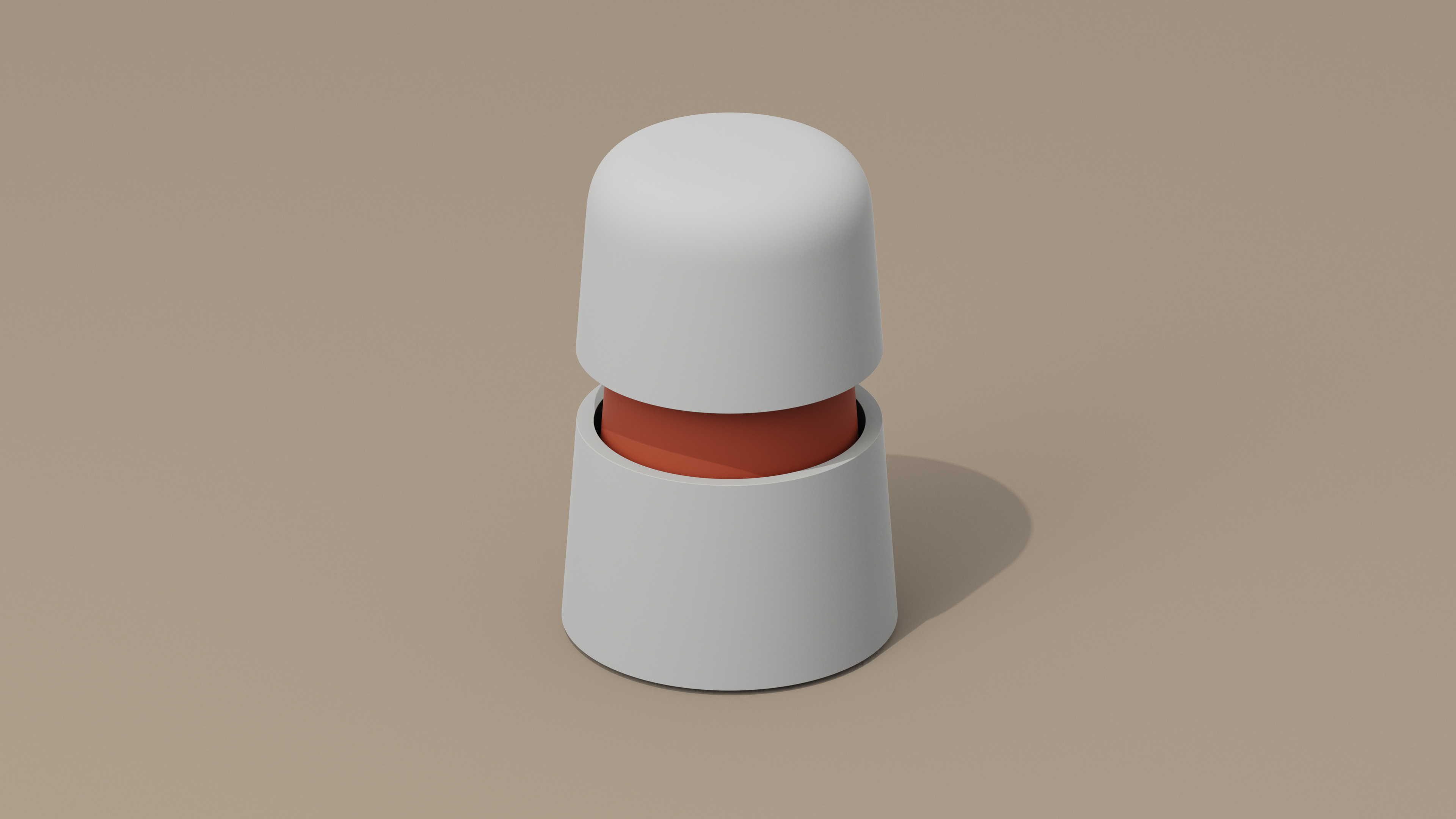
'Button' combines scale and sound to communicate and provide control. The top twists – right for more details, left for less – and grows as it receives information (image courtesy of Google Seed Studio and Map Project Office)
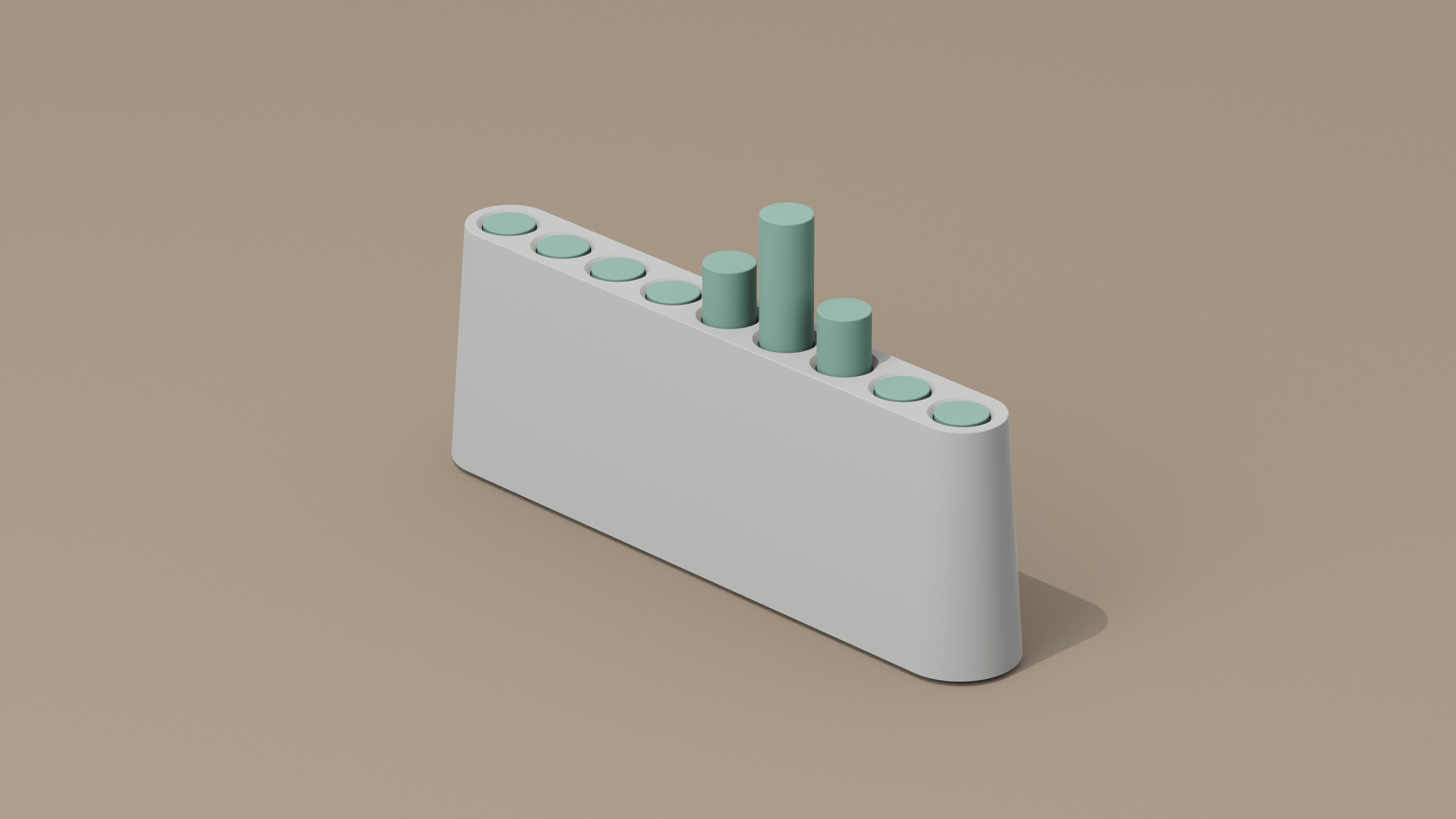
'Movement' features seven pegs that graphically represent information – like a calendar or timer – through their height and motion. The pegs work individually or as a group, and are tapped for simple input (image courtesy of Google Seed Studio and Map Project Office)

'Rhythm' generates ambient sounds. Qualities of the melody convey qualities of the information, like its importance, urgency, or tone. A wave over the object, or simply turning it over, mutes it (image courtesy of Google Seed Studio and Map Project Office)
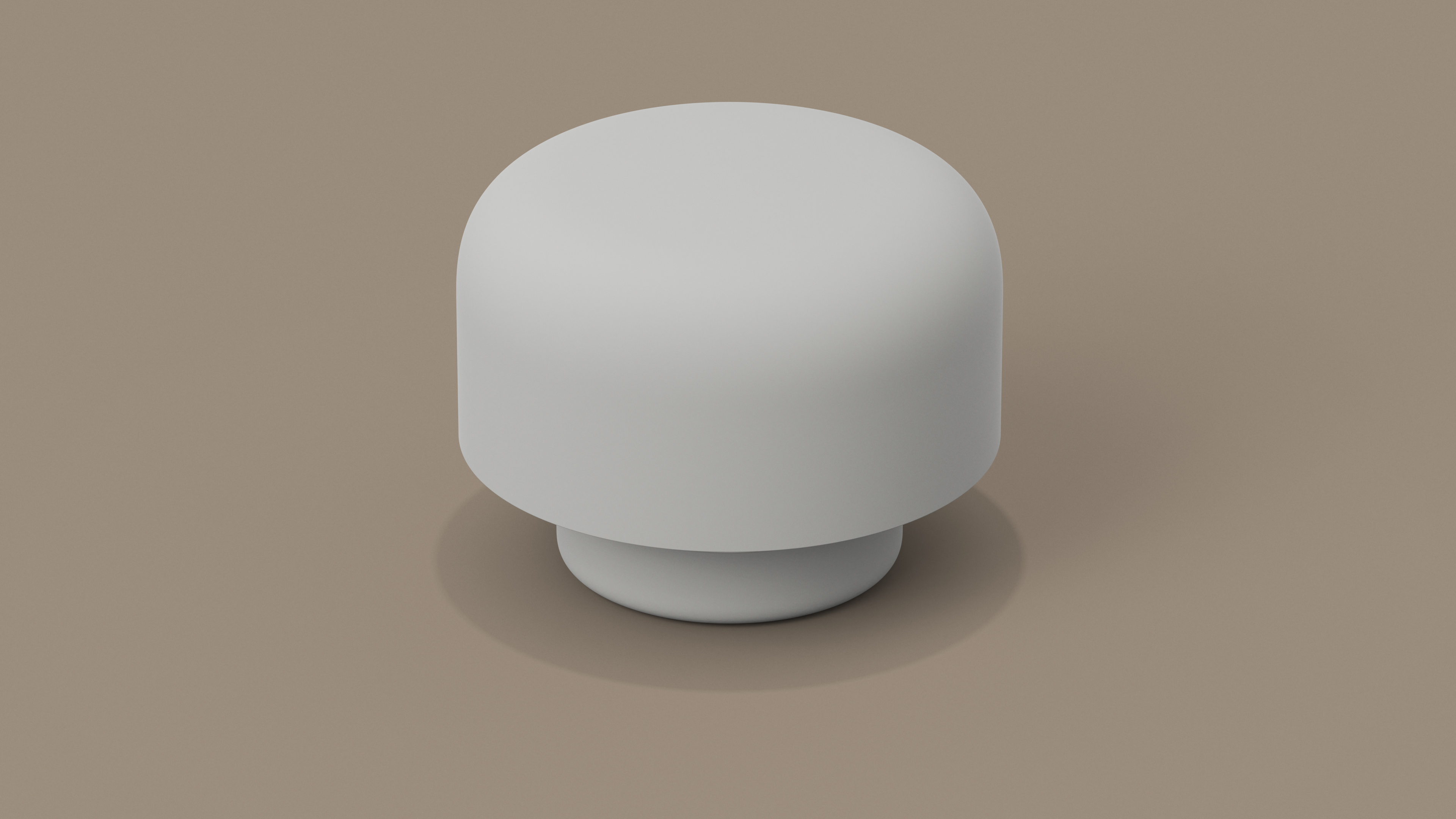
'Shadow' communicates through the movements of the shadow it casts. They show the object’s status, like gently breathing when active or stretching in response to presence (image courtesy of Google Seed Studio and Map Project Office)
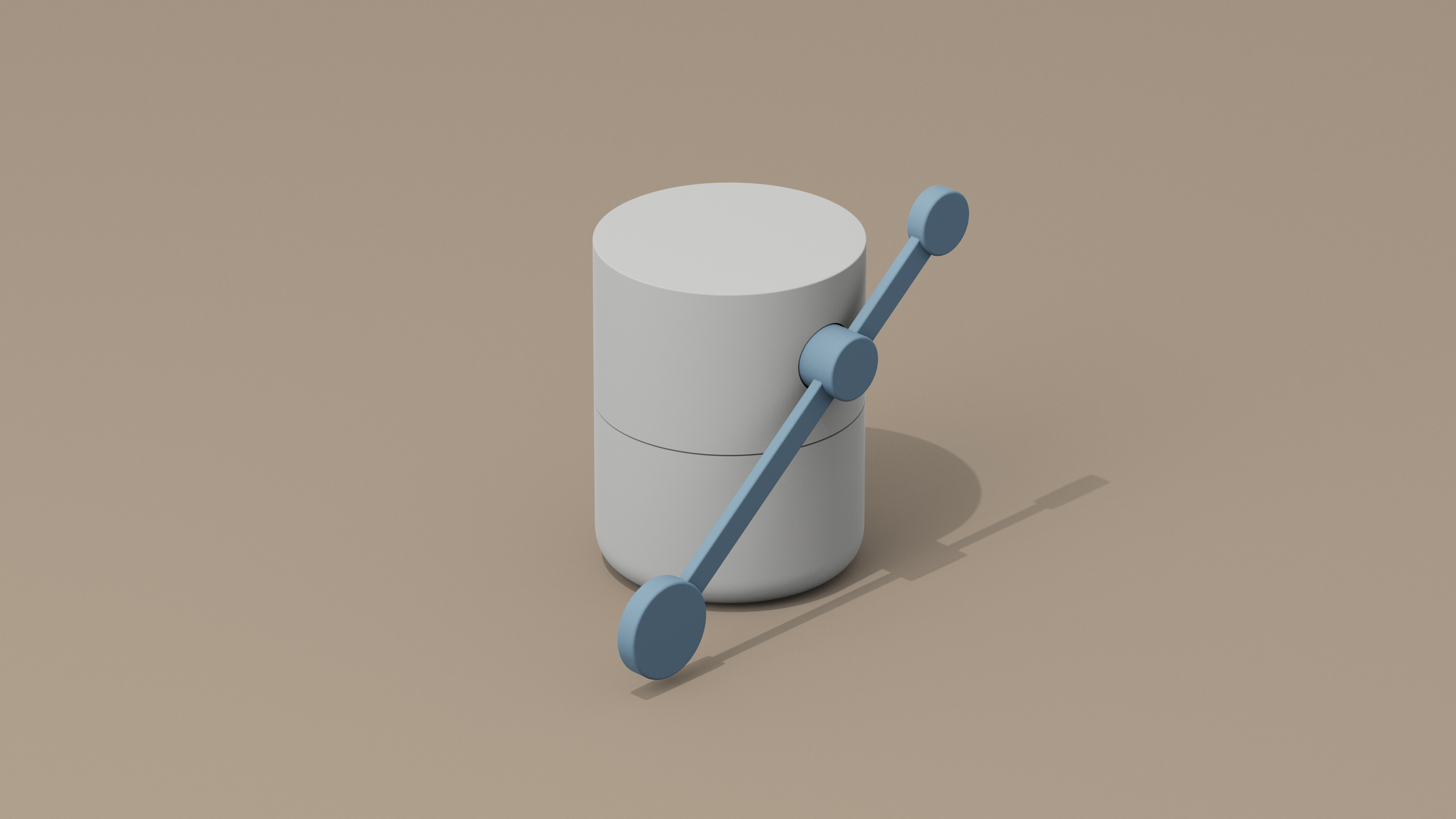
'Tap' makes use of surfaces to create sounds that act as notifications. A stronger tap means more pressing news (image courtesy of Google Seed Studio and Map Project Office)
INFORMATION
Receive our daily digest of inspiration, escapism and design stories from around the world direct to your inbox.
More information at littlesignals.withgoogle.com
Jonathan Bell has written for Wallpaper* magazine since 1999, covering everything from architecture and transport design to books, tech and graphic design. He is now the magazine’s Transport and Technology Editor. Jonathan has written and edited 15 books, including Concept Car Design, 21st Century House, and The New Modern House. He is also the host of Wallpaper’s first podcast.
-
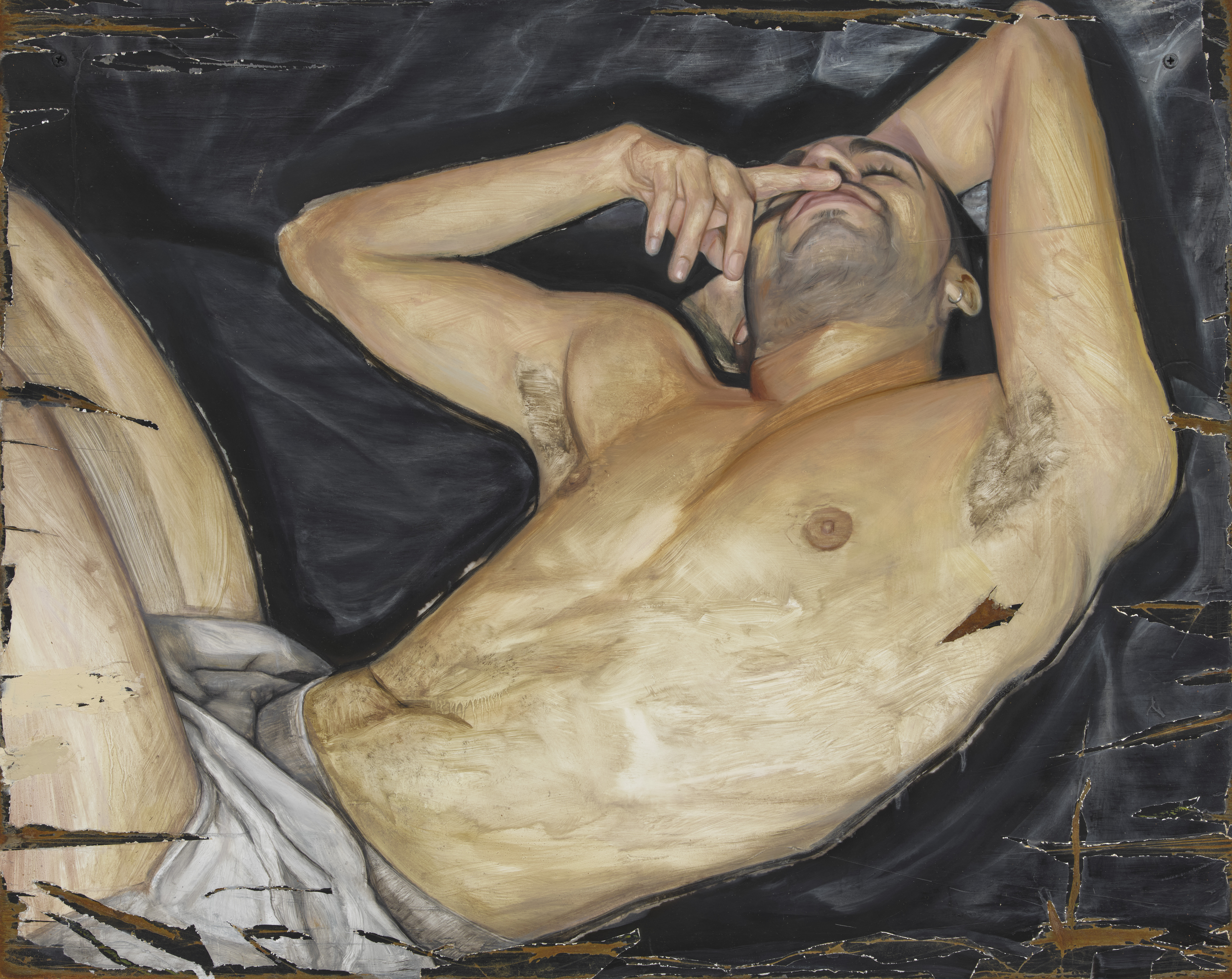 'I have always been interested in debasement as purification': Sam Lipp dissects the body in London
'I have always been interested in debasement as purification': Sam Lipp dissects the body in LondonSam Lipp rethinks traditional portraiture in 'Base', a new show at Soft Opening gallery, London
-
 Upgrade your fish and chips at Corenucopia by Clare Smyth
Upgrade your fish and chips at Corenucopia by Clare SmythThe three-star chef brings her mastery of British classics to Belgravia, with lavish interiors, nostalgic flavours and a distinctly playful sense of excess
-
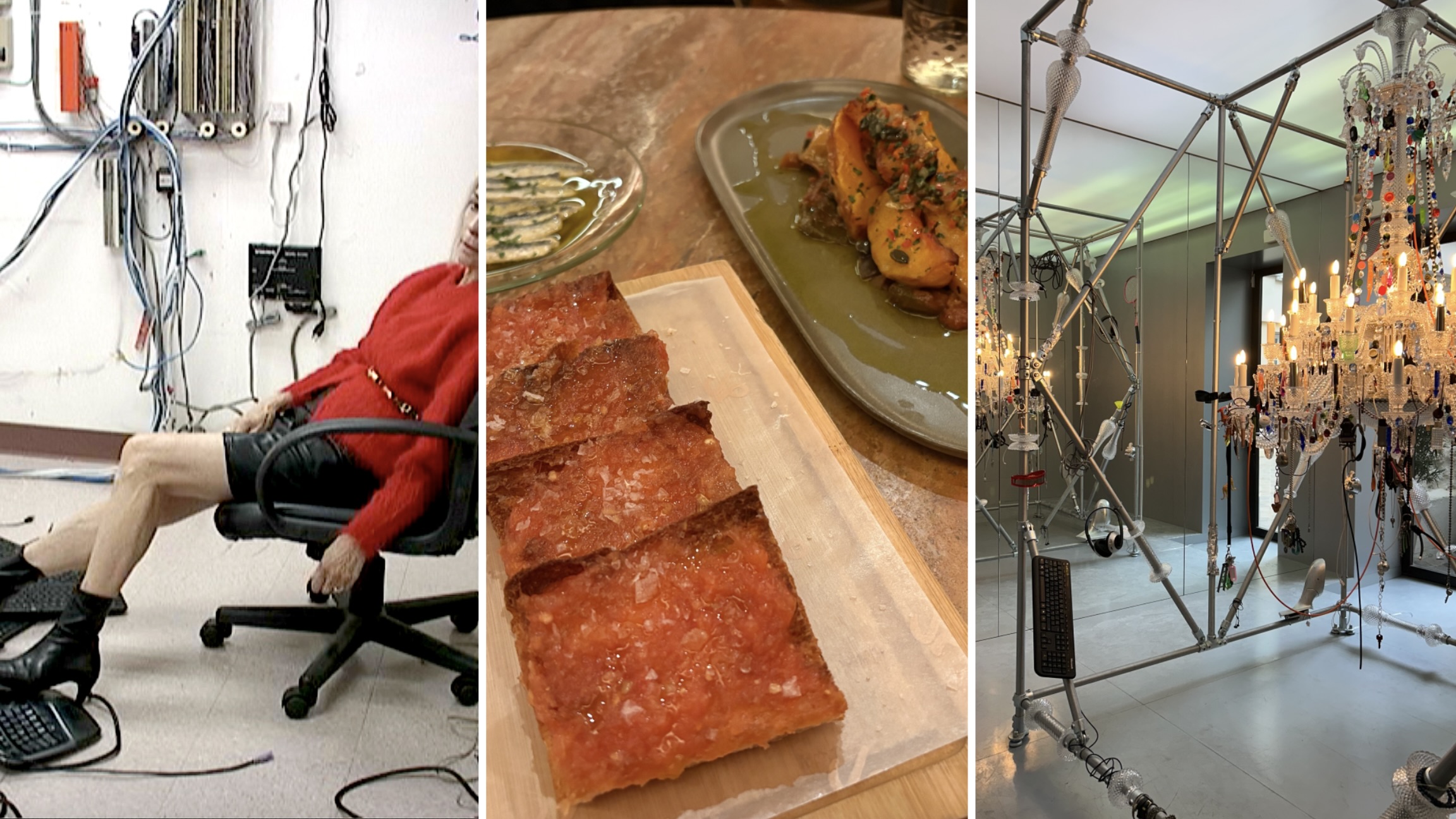 Out of office: The Wallpaper* editors’ picks of the week
Out of office: The Wallpaper* editors’ picks of the weekThis week, the design year got underway with Paris’ interiors and furniture fair. Elsewhere, the Wallpaper* editors marked the start of 2026 with good food and better music
-
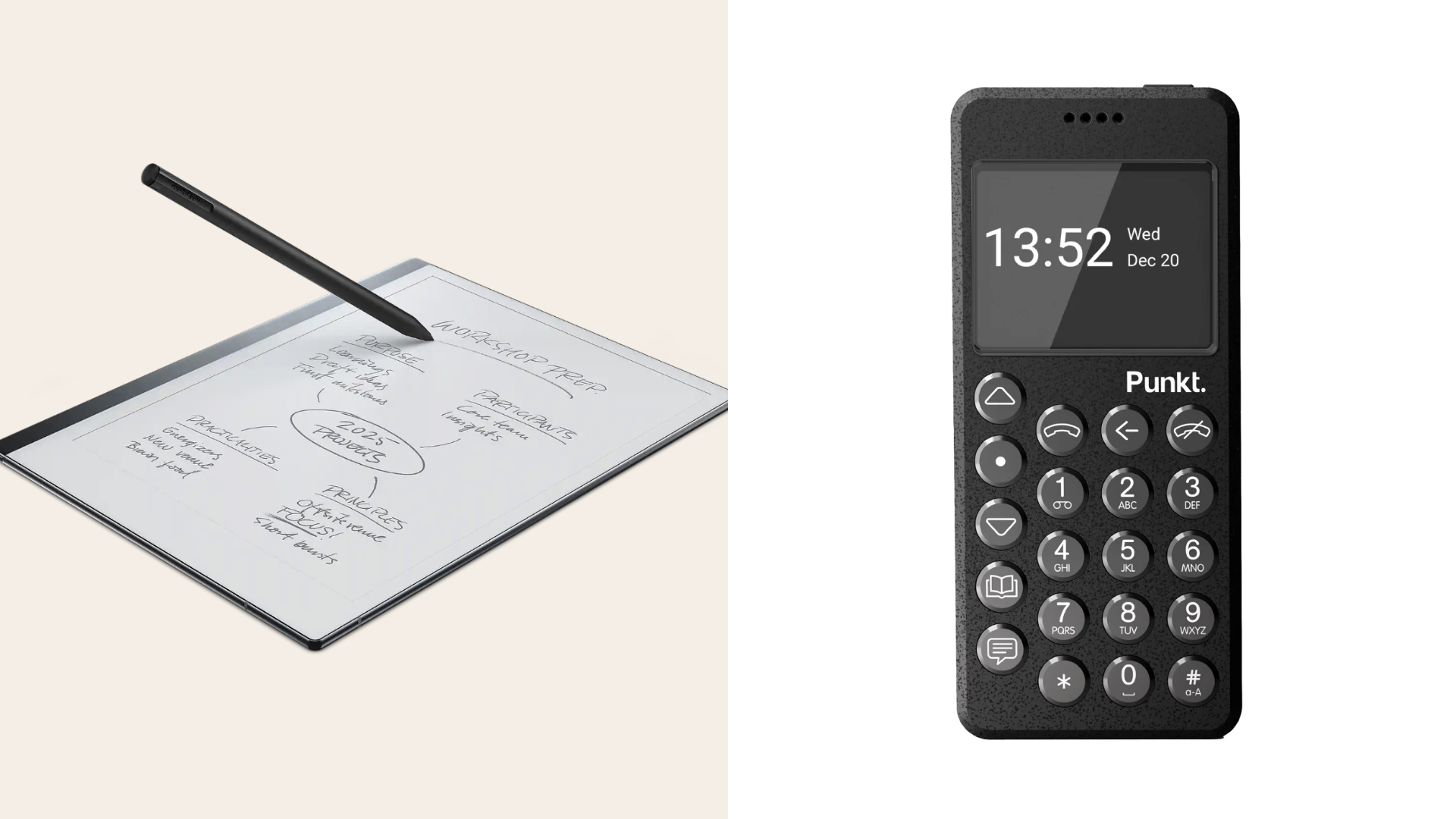 Too much screen time is taking a toll. These low-tech devices can help you step away and unplug
Too much screen time is taking a toll. These low-tech devices can help you step away and unplug‘Digital burnout’ is real; now, people are ‘detoxing’ by choosing intentionally limited tools. Could such gadgets cut your tech dependence?
-
 Inspired by a pebble, the stylish new Alma charger provides pocketable convenience
Inspired by a pebble, the stylish new Alma charger provides pocketable convenienceWhat if technology could quietly allay anxiety and not cause it? That’s the pitch behind new luxury accessories company Addition, starting with its new Alma wireless charger
-
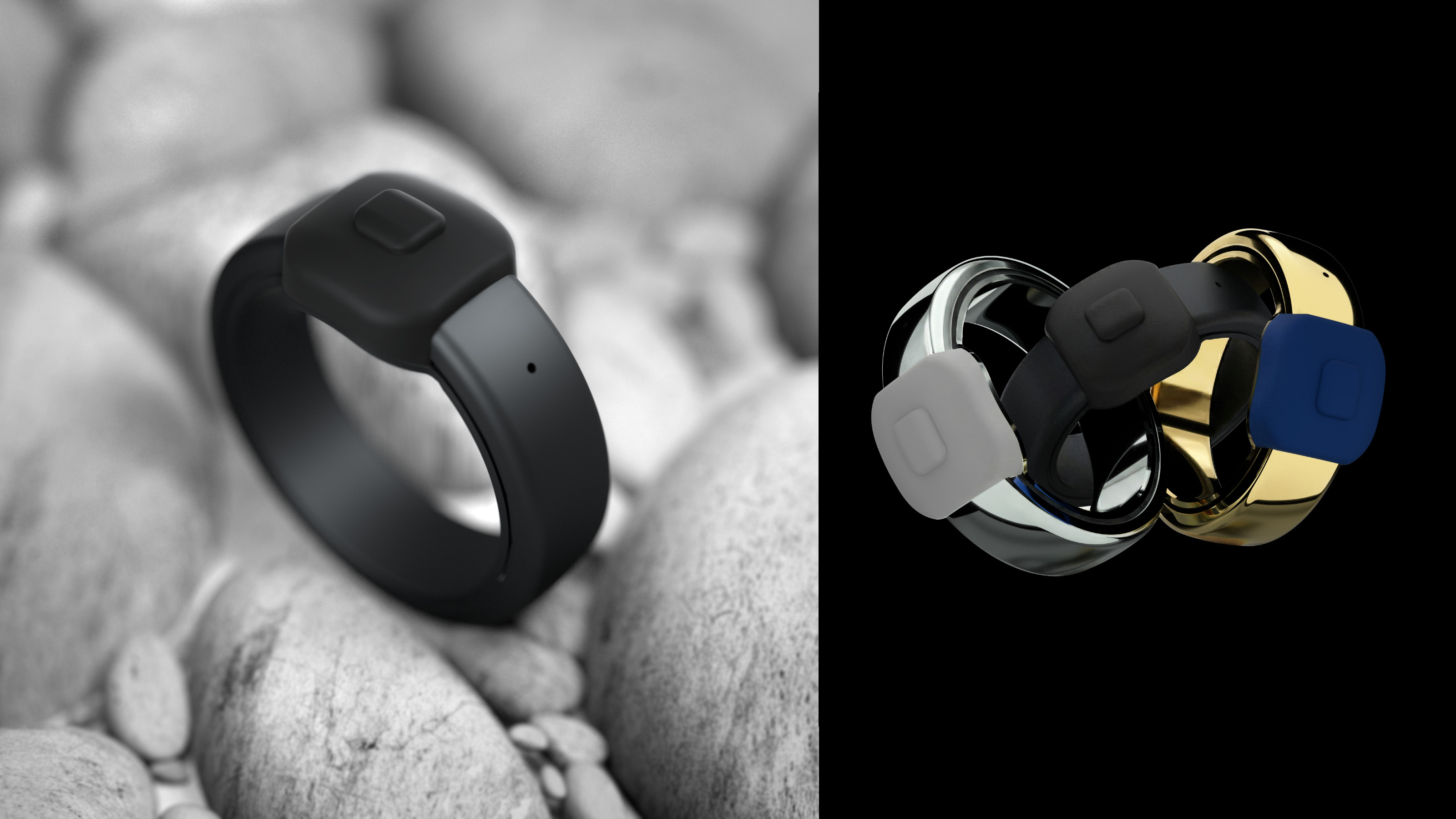 The ring’s the thing as Pebble launches a discreet device for memo-taking, Index Ring 01
The ring’s the thing as Pebble launches a discreet device for memo-taking, Index Ring 01A tiny device with a singular purpose but limitless applications, the Pebble Index 01 is a customisable smart ring for turning mental notes into text
-
 Tech gift ideas: Wallpaper’s Jonathan Bell lists 12 devices to desire this festive season
Tech gift ideas: Wallpaper’s Jonathan Bell lists 12 devices to desire this festive seasonTechnology editor Jonathan Bell delves into the best new releases and most giftable gadgets from 2025, offering up personal favourites as well as a few big hints
-
 Samsung Galaxy Z TriFold is a pocket tablet that takes folding screens to new extremes
Samsung Galaxy Z TriFold is a pocket tablet that takes folding screens to new extremesSamsung has announced its newest flagship device, the Galaxy Z TriFold. Featuring three folding screens, this ultimate smartphone can transform into a ten-inch tablet
-
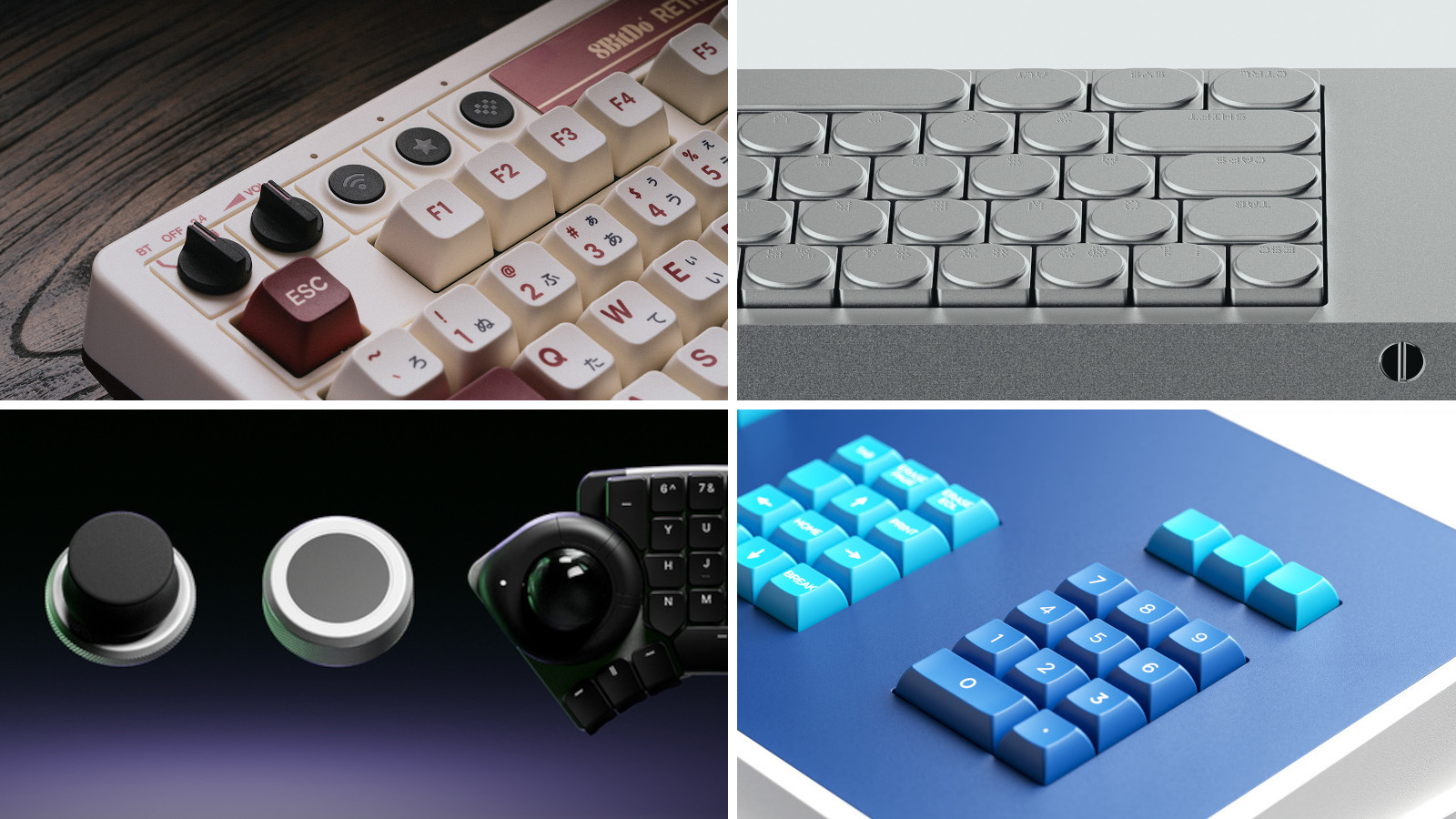 Four new keyboards are fresh and functional desktop companions
Four new keyboards are fresh and functional desktop companionsMechanical keyboards are all the rage, bringing with them new ways of personalising your desktop. We’ve found four devices that hark back to the early days of computing
-
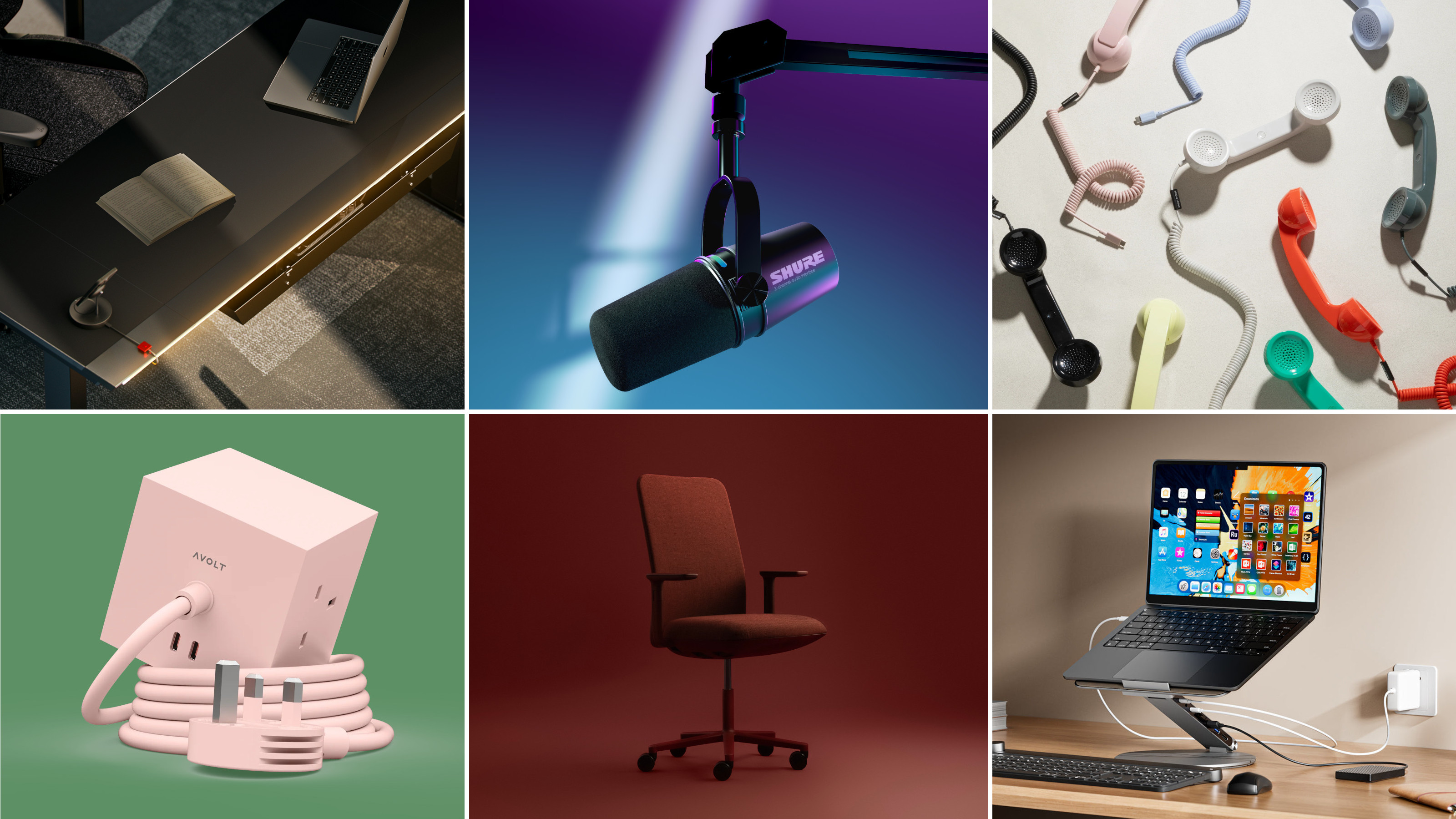 Hunker down in a perfectly equipped work-from-home hub this winter
Hunker down in a perfectly equipped work-from-home hub this winterIf your WFH set-up needs an upgrade, or if you need to kit out a new small business from scratch, we’ve got you covered
-
 New Leica Q3 Monochrom camera sees the world in black and white
New Leica Q3 Monochrom camera sees the world in black and whiteDefined by its crisp 60MP monochrome sensor, the Leica Q3 Monochrom is a camera designed for those who want to focus only on light, shadow and form